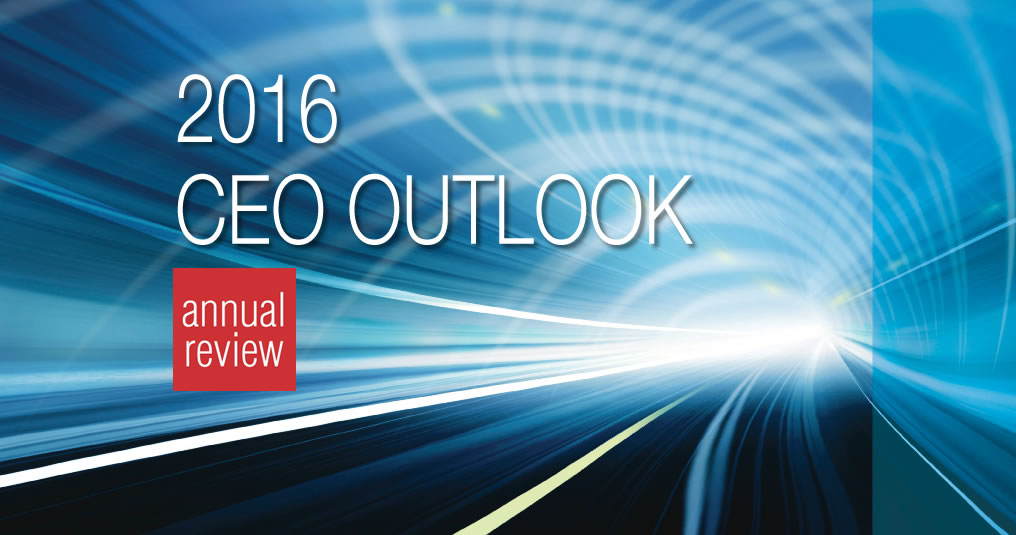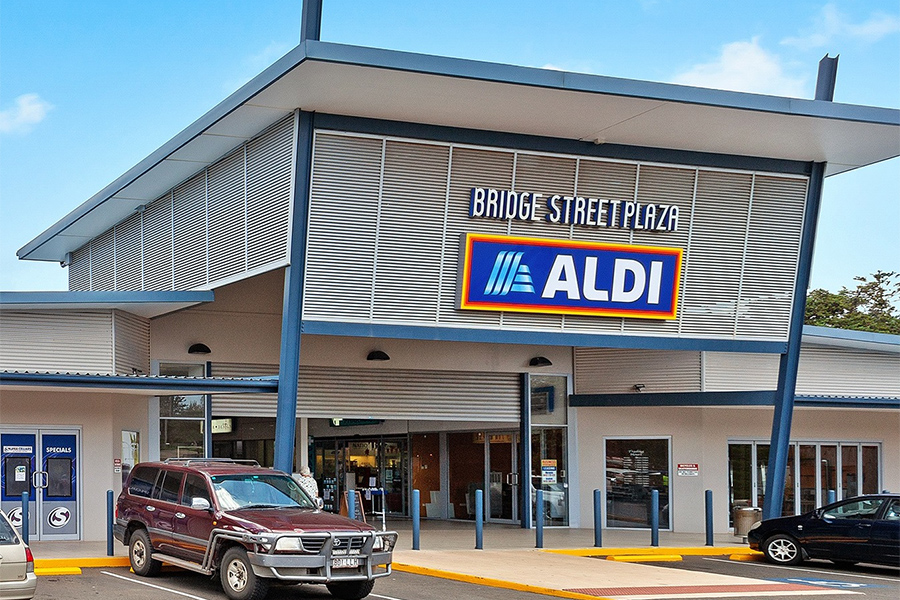See Susan MacDonald speaking at the Big Guns lunch – video below
Mirvac’s retail portfolio has been significantly repositioned over the past three years, via disposals of its regionally located assets, and strategic Sydney-based acquisitions, resulting in a portfolio of bespoke assets largely located in urban infill locations. We believe that these assets will outperform due to increasing population densities, favourable demographics, and deep employment markets that are underpinned by strong investment from both the government and private sectors.
The regeneration of urban policy
In Australia we are seeing a national renaissance in urban policy, particularly in Sydney. Population and employment growth means that Sydney is at the point of a paradigm shift, needing significant investment in infrastructure to support and shape the significant growth that will occur in the inner and middle rings. Over $68 billion has been committed to infrastructure in New South Wales over the next four years, ranging from roads and railway lines, to hospital upgrades and new schools. The budget papers forecast NSW’s population to grow by an additional 2.2 million people by 2035, with more than 80% to be located in Sydney.
Growth trends across Sydney indicate it is areas within the existing urban environment that will experience the highest increase in population and employment density. These areas are located in the Global Economic Corridor – stretching from Macquarie Park through North Sydney and the CBD to the Airport/Port precinct – and along the western corridor from Parramatta through Sydney Olympic Park to the CBD. This Corridor contains around 80% of the jobs in Sydney’s major centres. At Mirvac, we continue to focus on retail located in areas with access to high levels of employment, but also diversity of employment. While population growth is important, it’s jobs and infrastructure that ultimately support cities and make for successful retail.
The recent trends in the rate and location of population growth in Sydney have been interesting, with the majority of this occurring within the existing urban footprint. This market shift reflects changes in the way people live, work and shop – the changing demographic and lifestyles of the existing population (through smaller household sizes) and the housing preferences of younger generations and recent immigrants (typically high and medium-density). Given this increasing densification, mixed use now extends beyond the combination of retail, residential and commercial, to complementary uses and the provision of social infrastructure. At Mirvac we believe shopping centres should be designed to suit the environment and needs of the local customers, not fit within a narrowly defined category – they must be agile and able to evolve. These are the centres that will thrive and survive.
Retail is no longer just about the traditional shopping centre offer. It’s about providing social infrastructure and embracing adjacencies – inward and outward-looking – whether it be an inner-city off-leash dog park at East Village, or a family-friendly 3,500m2, 2.7 million litre swimming ‘lagoon’ next to Orion Springfield Central in Brisbane’s south-western growth corridor.
Mirvac retail portfolio repositioned for growth
Over the past few years we have significantly reshaped and improved the quality of our retail portfolio, re-weighting it significantly to Sydney (circa 70%), whilst also maintaining good exposure to the growth markets of South East Queensland and the Sunshine Coast. Whilst we are not the largest of the Retail players on the traditional measure of scale (GLA, and number of assets), we have one of the best-performing retail investment portfolios in the market. Portfolio specialty sales productivity has grown significantly over the past three years from $7,400m2 to nearly $9,300m2 and, at December 2015, the portfolio had strong MAT growth of 7.3%, with specialty sales growth of 6.9%. I have often stated that [asset] size is not the key measure to driving retailer and investment performance. It is about the quality of the markets, the innovative retailers who occupy our centres, and the experience we create within the built environment.
Our Sydney inner urban retail assets (located within a 15km radius to Sydney and equivalent to over 50% of our portfolio value) are performing strongly, achieving a 12% increase in specialty sales productivity over the last 12 months. Retail spending in these markets is supported by high barriers to entry, dense and growing catchments, higher level of incomes per capita, and exposure to the growth sectors of education and tourism.
Mirvac recently announced that it has entered into a Joint Venture agreement with PAYCE Consolidated to acquire an interest in the recently completed, award-winning East Village. This acquisition reinforces our targeted urban strategy. The asset is located just 3km south of Sydney’s CBD, and is set to benefit from substantial growth in what will become one of Australia’s most densely populated trade areas. It is a great example of mixed-use retail development with the centre already trading in excess of $13,000m2 after its first full year of trade. It is located next to Mirvac and UrbanGrowth NSW’s Green Square mixed-use development, which will also have a retail offering to complement the residential apartments and East Village. These combined precincts will be serviced by the existing Green Square rail station and also the new Metro line.
Mirvac is also well progressed with one of its most exciting residential-led, mixed-use developments at Harold Park, in Sydney’s inner-city suburb Glebe. Whilst a lot of focus is centred on the circa 1,400 apartments and terraces, work continues on the revitalisation of the old disused tram sheds. Built in 1905 and 1909, the Rozelle Tramsheds are being transformed under a Conservation Management Plan, which will resurrect the two tram sheds into the retail and community heart of Harold Park and its surrounding suburbs. Taking pride of place will be Tram R1 No. 1995, Sydney’s last tram, carefully restored to its original glory. The totality of the site, with residential, retail and parkland, is demonstrative of Mirvac’s focus on delivering adaptive, innovative, customer and community-minded urban outcomes.
Tramsheds, when it opens later this year, will comprise a European market-style food hall, a community scale supermarket, boutique retailers, cafes, restaurants, gymnasium and a community centre operated by the City of Sydney. The authentic and bold vision for Tramsheds is to secure some of the most innovative food and dining concepts, and will include the likes of Gelato Messina, Bodega/Porteno and the Seagrass Group/Jared Ingersoll collaboration that is Butcher & the Farmer, along with Fish & Co and Al Aseel, and The Little Marionette’s new concepts, Bekya and Garcon.
We are also approaching key milestones in our active redevelopment pipeline, with Orion Springfield Central completing in March, a new fashion and urban street food offer at Broadway opening in early Spring and the launch of our new food offer at Greenwood Plaza in North Sydney.
2016 outlook
Despite a backdrop of global uncertainty and increasing volatility in equity markets, overall, we believe that the fundamentals point to a good year for quality retailing in 2016. Australia’s economy is proving resilient as growth rebalances to the services sector post mining boom. With rebounding consumer sentiment now sitting at long-term averages, households are also more comfortable with their family finances. Despite labour market conditions being inconsistent nationally, they have particularly strengthened in New South Wales and Sydney as the infrastructure pipeline, housing construction and business services drive employment growth. Lower petrol prices and continuing low mortgage rates, as well as falling savings ratios, point to increased retail spending to come, which should offset any soft landing from moderating house price growth.
Retail sales have and will continue to receive a material boost as consumer spending returns from offshore to domestic retailing choices. A lower AUD/USD means more domestic consumption and also more inbound tourism to support retail sales, especially in the services sector and food catering. The retail market will continue to benefit from strong growth in short-term overseas arrivals, particularly from Asian markets, as well as an influx of international students, aided by the moderating currency.
We also believe that continued strong competition in the supermarket sector means that discretionary food will outperform, with growth in cafés, restaurants and takeaway food to remain strong. Overall, food catering spend will escalate as consumers maintain their lifestyle preference for eating out and the quality of shopping centre offerings improves. By location, retail sales trends will obviously continue to mirror current economic growth patterns with New South Wales and Victoria outpacing the mining states of Western Australia and Queensland. However, Queensland has benefited from the lower Australian dollar and a significant pick-up in tourism over the second half of 2015, which will continue in 2016.
We consider that assets and portfolios that are positioned with the greatest exposure to these key fundamentals will be best placed, will prove resilient and will continue to deliver favourable investment returns.




















